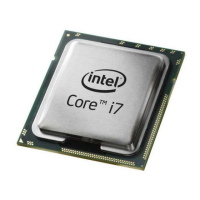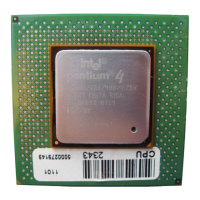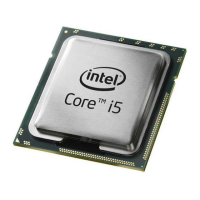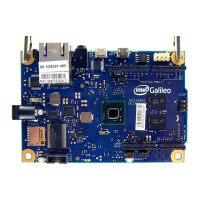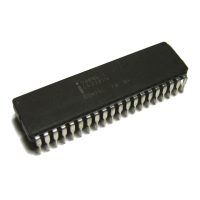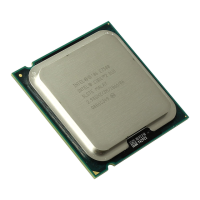Quality and Reliability Requirements
106 Thermal/Mechanical Specifications and Design Guide
9.2 Intel
®
Reference Component Validation
Intel tests reference components individually and as an assembly on mechanical test
boards and assesses performance to the envelopes specified in previous sections by
varying boundary conditions.
While component validation shows a reference design is tenable for a limited range of
conditions, customers need to assess their specific boundary conditions and perform
reliability testing based on their use conditions.
Intel reference components are also used in board functional tests to assess
performance for specific conditions.
9.2.1 Board Functional Test Sequence
Each test sequence should start with components (baseboard, heatsink assembly, and
so on) that have not been previously submitted to any reliability testing.
Prior to the mechanical shock & vibration test, the units under test should be
preconditioned for 72 hours at 45 ºC. The purpose is to account for load relaxation
during burn-in stage.
The test sequence should always start with a visual inspection after assembly, and
BIOS/Processor/memory test. The stress test should be then followed by a visual
inspection and then BIOS/Processor/memory test.
Table 9-2. Use Conditions Environment (System Level)
Use
Environment
Speculative Stress Condition Example Use Condition
Shipping and
Handling
Mechanical Shock
•System-level
•Unpackaged
•Trapezoidal
• 25 g
• velocity change is based on packaged weight
Total of 12 drops per system:
•2 drops per axis
•± direction
Product Weight (lbs) Non-palletized Product
Velocity Change (in/sec)
< 20 lbs
20 to > 40
40 to > 80
80 to < 100
100 to < 120
≥120
250
225
205
175
145
125
Change in velocity is based upon a 0.5 coefficient
of restitution.
Shipping and
Handling
Random Vibration
•System Level
•Unpackaged
• 5 Hz to 500 Hz
• 2.20 g RMS random
• 5 Hz @ 0.001 g
2
/Hz to 20 Hz @ 0.01 g
2
/Hz
(slope up)
• 20 Hz to 500 Hz @ 0.01 g
2
/Hz (flat)
• Random control limit tolerance is ± 3 dB
Total per system:
• 10 minutes per axis
•3 axes
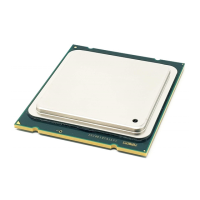
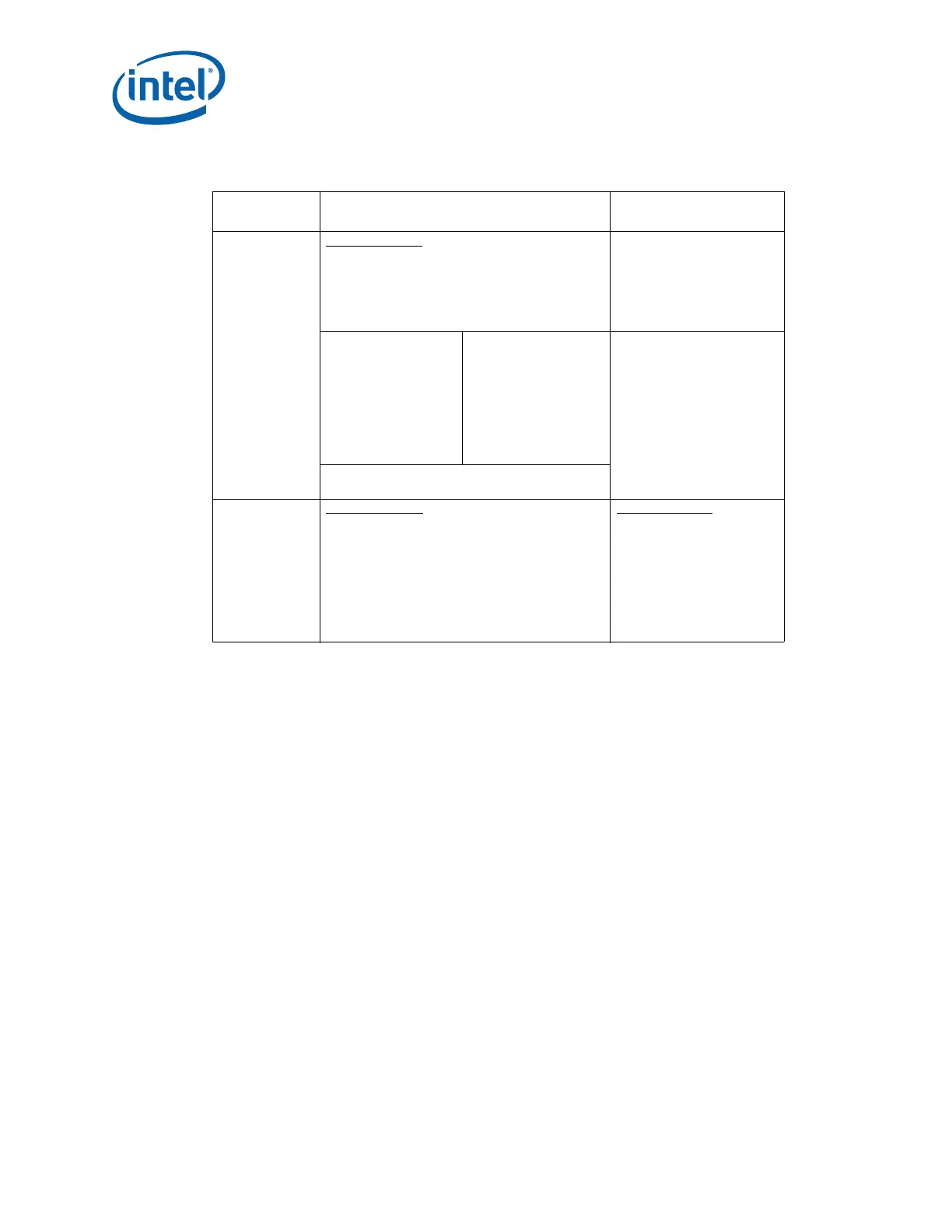